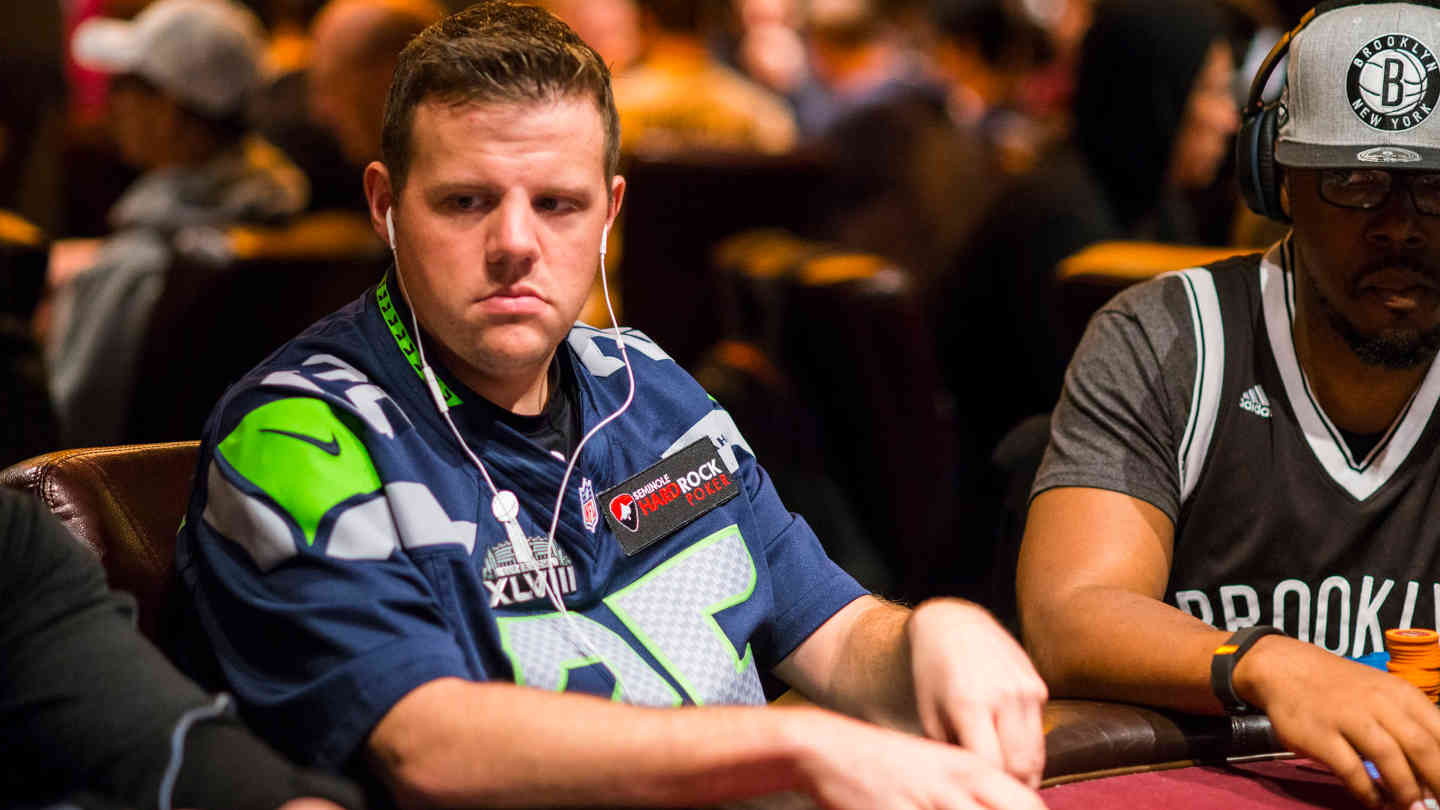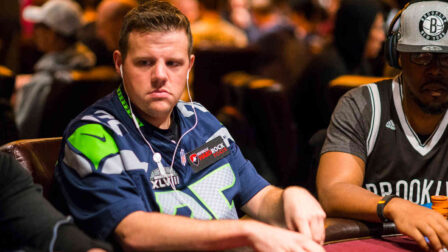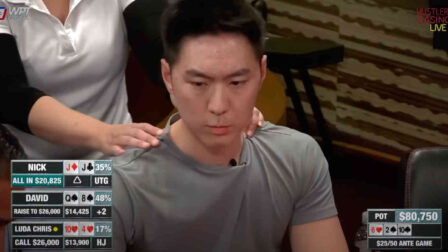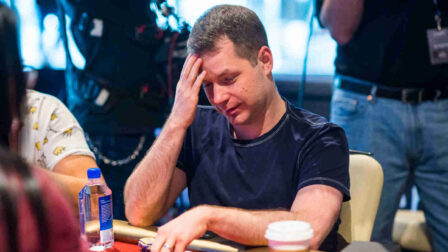Implied Odds – How to Make Optimal Decisions When You Play

11 minutes
Last Updated: December 28, 2021
Whether you consider yourself a “math whizz” or a “feel player,” you will need to understand the basic mathematical principles behind the game of poker if you are to stand any chances of winning.
Even players who rely greatly on intuition and “white magic,” such as Phil Hellmuth, will tell you that understanding outs, odds, and other mathematical concepts, is very important.
Today, I want to explain one very important concept that’s often disregarded by novice players, and that is the concept of implied odds.
Implied odds consider the money or chips you stand to win on future streets when you are drawing and how this relates to the equity you need to call bets from your opponents on earlier betting streets.
In this guide to implied odds in poker, I am going to explain how to think about this concept, how to determine the equity you need to call based on predictions for future streets, and how to use implied odds to increase your overall profits.
By the time you are done reading, you will know how to play your drawing hands much better and will be aware of which situations warrant calls and what are good spots to let go of your cards and move on to the next hand.
Before we get into too much detail, let's talk about what the implied odds are first and how you can use them to your advantage.
What Are Implied Odds?
Implied odds in poker are a mathematical concept that refers to the money you stand to win on future betting streets if you call a bet from another player on the current street.
The simplest example of implied odds would be making a call preflop with a small pocket pair, popularly known as set-mining, hoping to catch a set on the flop.
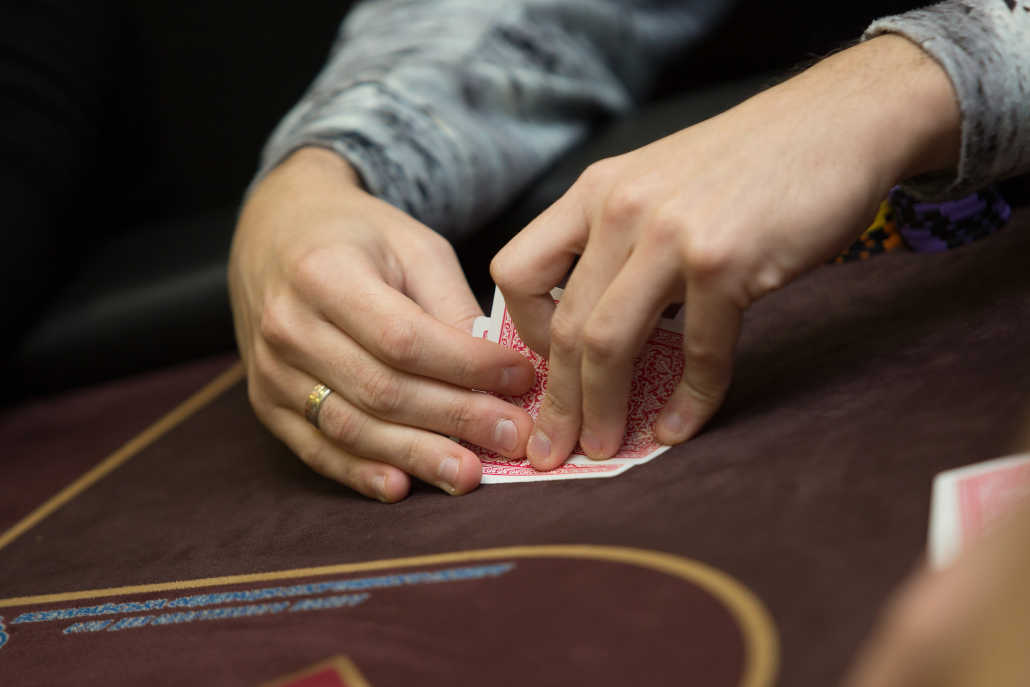
In this example, you will want to have at least 20x the current bet size in your stack to make sure your call is profitable, and this has everything to do with implied odds.
Other examples of implied odds include deciding whether or not to call your opponent's bets on the flop and turn with drawing hands when we aren’t getting quite the right immediate pot odds to make the call.
The biggest problem with implied odds is that you cannot see your opponent’s exact holdings.
This means you may have to guess whether they will pay you off further if you make your draw.
Player tendencies are also very important when thinking about implied odds. Some players are better to try and make a drawing hand against than others.
Let’s take a look at an example of implied odds calculation and what you may want to consider when facing a flop bet from your opponent.
Poker Implied Odds Example
Poker is a game in which drawing hands are quite common on the flops and turns. Deciding when to keep calling and when to fold is a big part of the game.
As an example of poker implied odds, let us imagine playing in a $2/$5 game in a live casino. The UTG player opens for $15, and we call on the button with 8c 9c. The big blind calls as well.
The flop comes 6h 7d Kc, giving us an open-ended straight draw. With $47 in the pot and the big blind checking, the original raiser decides to bet $50 into the pot.

The big blind folds his cards out of turn (which happens a lot in live games), and we are the only player left to act.
With our OESD, we have about a 32% chance to make our draw by the river. However, we are likely to face another bet on the turn. What's even worse, we are just barely getting the right odds to make this call in the first place since the opponent bet so big.
However, looking over at their stack, we can see that they have another $850 behind, and we have them covered. The UTG raise and the big bet on the flop indicate they have a strong poker hand.
This is where implied odds come into play.
If our opponent was all-in for his last $50 in this spot, we could easily fold and not even flinch. However, the big stack they have behind means we could potentially win it all if we make our straight.
With the potential to win that $850 stack, along with the current pot, making this $50 call on the flop and in position becomes almost trivial.
Our OESD is also not as obvious as a flush draw would be, and us having the backdoor club draw means we could also make a flush draw to go along with our OESD on the turn.
Should the opponent make a bet that’s not too big, we could continue to the river as well, still hoping to win their stack.
When considering implied odds in this situation, I am not even taking into account the fact that they might still give up on the hand (as unlikely as it seems) and stop betting on the turn.
This could allow us to see a free card and possibly steal the pot on the river if we miss.
Overall speaking, this is a great example of implied odds in poker and when you should be making calls that are slightly against your immediate odds but have a lot of potential to make you a bundle on the later streets.
How Likely Is Your Opponent to Pay You Off?
Easily the biggest question you should be asking yourself when you find yourself in a spot to consider implied odds in poker is, how likely is my opponent to call future bets or keep betting himself.

This is the key to figuring out how to calculate implied odds. Of course, it depends on a number of factors that are both player and board-dependent.
Here are a few things to consider in trying to figure this out:
- Opponent’s Tendencies: The likelihood of an opponent stacking off on future streets has everything to do with their overall play style. Maniacal bluffers are likely to keep firing whatever comes on the turn and river, and calling stations may call you off regardless of obvious draws coming in.
- Obvious Draws: There is a difference between the various draws you can have in poker. A flush draw with three spades on the flop will be quite obvious to your opponent when another spade hits the turn. A gutshot straight draw, on the other hand, will not. This is why implied odds in poker often work better with draws that actually have less sheer equity.
- Your Position: When drawing in poker, you should always try to be in position, especially if you plan on taking the passive line. When you find yourself drawing out of position, raising will often be the superior play. In position, however, you can count on poker implied odds and hope to stack your opponent on the turn and river.
- Board Texture: Regardless of the draw you are actually chasing, board texture can work against you in some cases. For instance, when you are chasing a straight draw, but a flush draw exists on the board, the flush card could both ruin your action and give your opponent a superior hand. This is known as reverse implied odds, and you should be very aware of the board texture when trying to make a call based on implied odds.
- Bluff Options: Like I mentioned in the earlier example, using implied odds in poker can also include some bluff opportunities on the future streets. Depending on your opponent’s likely holdings, there may be cards other than the ones that improve your hand, which you can use to win the pot and push the opponent off their hand.
Be Wary of Reverse Implied Odds
The concept of reverse implied odds is a very important one to grasp. You’ll get to understand this one better with experience, but it should always be in the back of your mind.
The basic idea of this concept is that you shouldn't be trying to make hands in which “getting there” will actually cost you money.
Some of the best examples are straight draws on four-flush boards or non-nut flush draws.
What will often happen is that you'll make your hand, but it will not be the nuts. At the showdown, once all chips find their way to the middle, you'll be shown a superior hand. This is what reverse implied odds are all about.
When you’re looking to make a hand and get paid by the opponent, you should be pretty certain that your draw, if it comes in, will be the best hand. Otherwise, you’ll be burning money.
Raising With the Draw vs. Taking Your Equity
Whenever you are drawing in poker, you are faced with a dilemma. Do I just call the bet and see if I can improve, or do I make a raise right now and try to win the pot right here and now.
Both plays have their merits, and you will see poker solvers use both calls and raises in different drawing situations in poker at different frequencies.
There are some situations when calling is clearly the better option. For example, in a multi-way pot, holding the nut flush draw in position, you don’t want to raise on the flop and have one of your multiple opponents re-raise you and put you in a tough spot.
On the other hand, if you find yourself out of position with a draw, weak or strong, raising is often the superior option to taking your immediate and implied odds.

Primarily, a raise works better out of position because it is more difficult to get your opponents to pay you off when you hit your draws. They could simply check back the turn or the river, and donk betting into them on later streets can turn your hand face up.
Raising with draws also makes sense against particular types of opponents. Some players C-bet every board they see, which makes them very likely to fold to raises. Others, on the other hand, simply play a nitty form of poker and will fold to raises with most hands in almost every scenario.
The decision between taking your equity and raising can be a touchy one, and there is no one-fits-all formula that works here.
Instead, I recommend being very mentally present in your game, trying to spot as many tendencies and tells from your opponents. Use this in conjunction with basic poker math to make your decisions.
Don’t Overestimate Implied Odds
I have seen it time and time again from bad regs who think they can dominate the table every single time. They overestimate their implied odds and think they will get paid every time they make their hand.
Unfortunately for them, this is hardly the truth. People actually tend to overfold to continued aggression when cards that complete draws hit the board, which means you should count on implied odds in poker a little less than they are worth in theory.
For example, a player who plays optimal poker might still call your river bet when a potential flush draw gets there on the river.
However, many live poker players will fold even if you are not that likely to have the flush in your hand.
When deciding just how much implied odds you have in a hand, you should definitely consider who your opponents are, what their tendencies look like, and what you have seen from them in the past.
Abuse implied odds heavily against players who seem to be putting in piles of chips every chance they get and consider them less against timid, nitty players who don’t like to put too many chips over the line.










